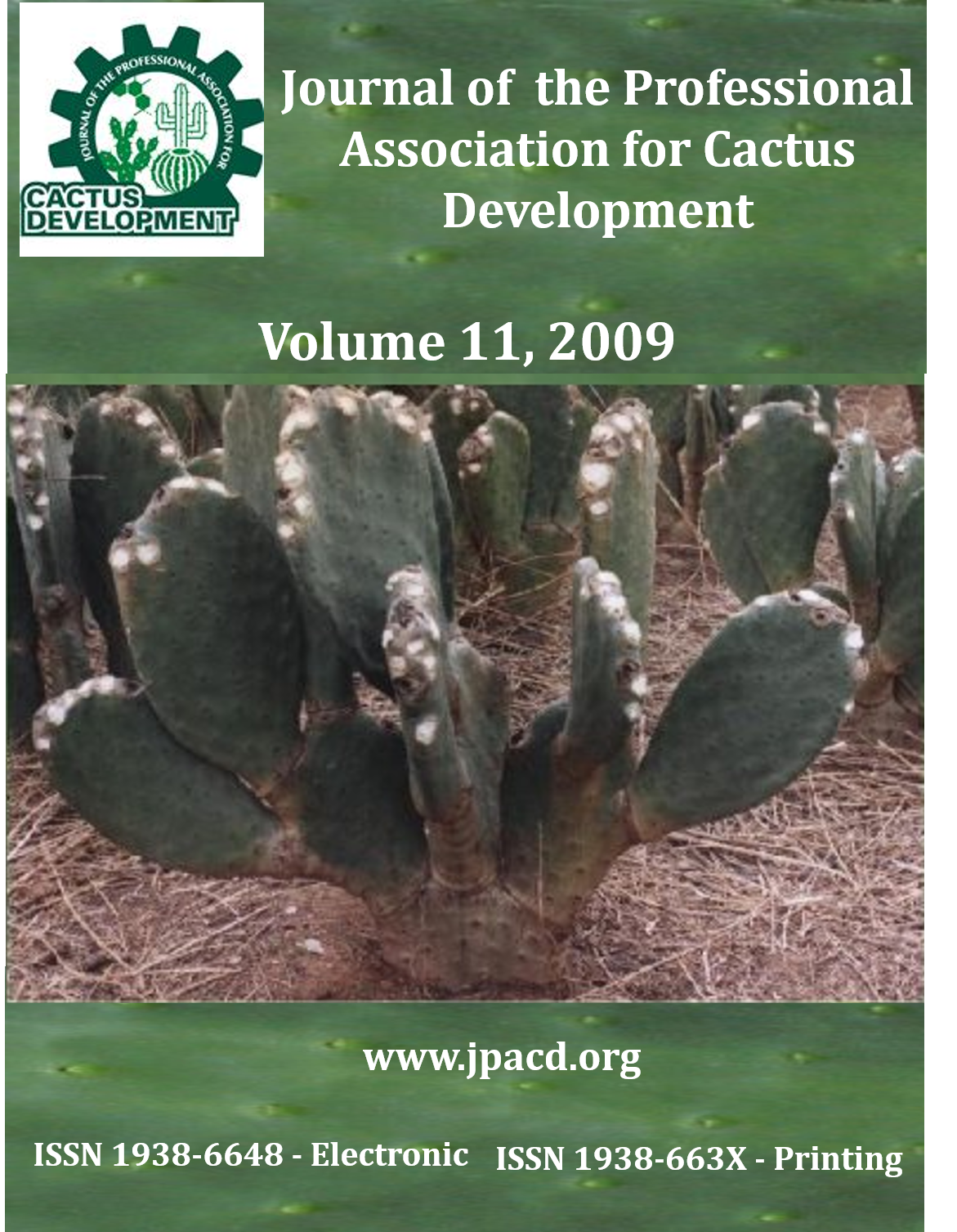Making of bakery products using composite flours: Wheat and cactus pear (Opuntia boldinghii Britton et Rose) stems (cladodes)
DOI:
https://doi.org/10.56890/jpacd.v11i.115Keywords:
Opuntia boldinghii, stems, Cactaceae, bread, compound flours.Abstract
Cactus pear (Opuntia boldinghii Britton et Rose) stems (cladodes) are used because of their high
fiber content and beneficial health contribution. In this research, the partial substitution of wheat
flour (WF) by cactus pear stem flour (SF) in the development of bakery products was evaluated.
Stems were dried, ground and sifted. Breads were made using pure wheat flour (control) and four
formulations of flour composed of WF and SF: I (WF 100%; control), II (SF 5%), III (SF 10%), IV
(SF 15%) and V (SF 20%). In the farinaceous test, flours composed of formulations II and III
showed the best baking behavior. The proximate composition of breads presented significant
differences (p<0.05) and all formulations were microbiologically stable. Sensory evaluation showed
that formulation III (SF 10%) was the most acceptable for its color, odor and flavor, while the
texture of formulation II (SF 5%) was the most acceptable. In conclusion, prickly pear stem flour is
a viable alternative for making bakery products.
Publication Facts
Reviewer profiles N/A
Author statements
Indexed in
- Academic society
- Journal of the Professional Association for Cactus Development
- Publisher
- Professional Association for Cactus Development




